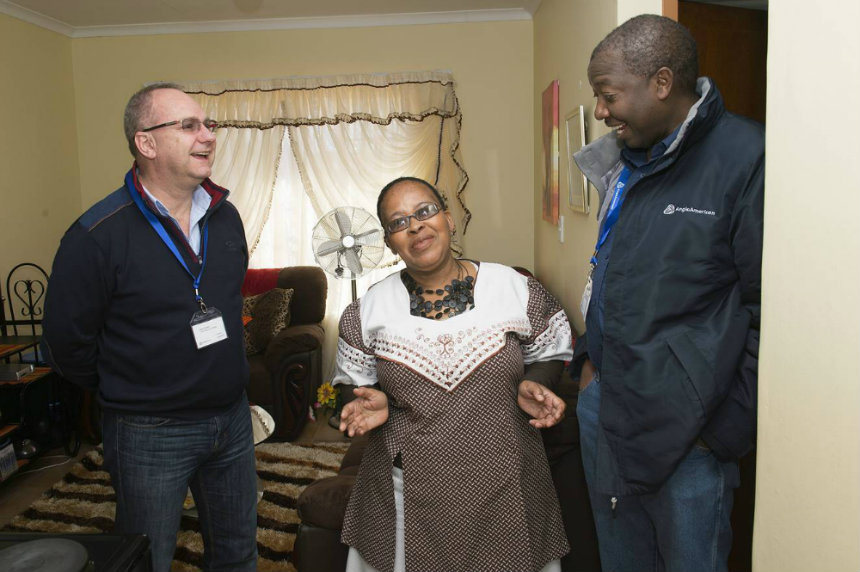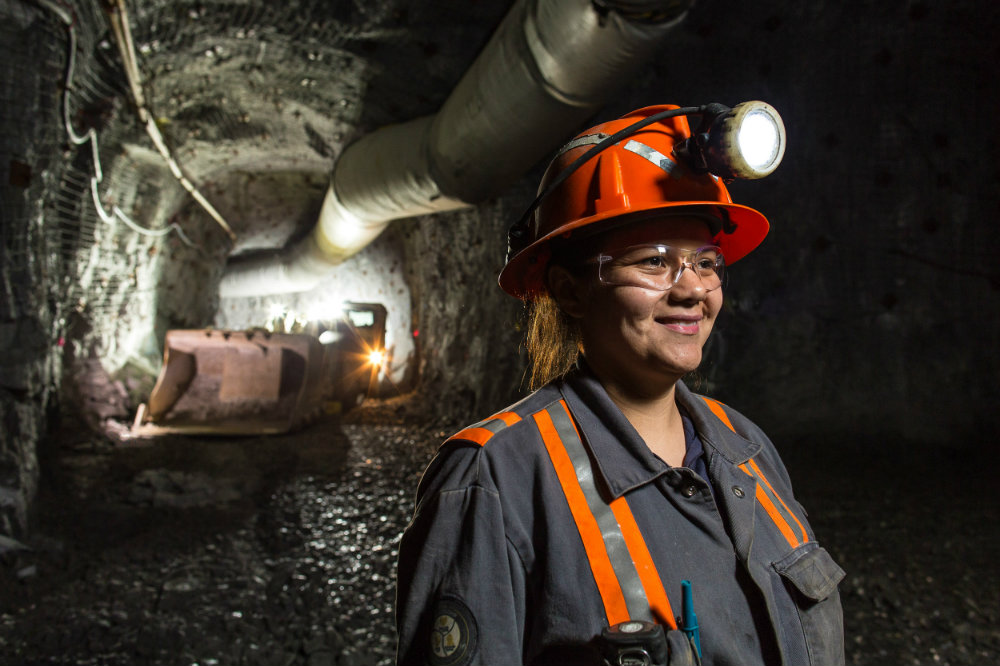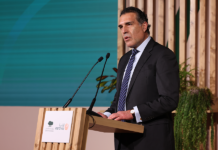Buoyed by the support of national governments and local stakeholders, the world’s leading miners were able to successfully restructure many of their operations and deploy new technologies to deliver ever higher levels of productivity.
At the beginning of 2017, after an unexpected rebound in metals prices over the last few months, it is the world’s most innovative and most sustainable miners who now stand to benefit the most.
“Our optimism was not misplaced,” says Mark Cutifani, CEO of mining giant Anglo American, whose share price rose by around 300 percent over the course of 2016. “There will always be more to do, but it is clear that people’s confidence in the underlying quality of the business is improving.”
“The risk for us today is that we take our foot off the pedal. You cannot be complacent.”
Mark Cutifani, Chief Executive Officer, Anglo American
Investment in innovation has been at the heart of the company’s turnaround. Although Anglo American has sold over one-third of its mining assets, it has been able to increase its overall production volumes, partly thanks to technological innovations.
“On a product-per-person basis, we are producing about 38 percent more each year, compared with 2012,” Cutifani says. “To replicate that improvement in the next five years, technology will be the key.”
The focus on technology and productivity is also delivering environmental benefits. One of the main priorities at Anglo American is to develop a so-called ‘waterless mine,’ a mine that only uses recycled water, drawing no fresh water at all.

From taking relatively simple steps such as minimizing evaporation at company dams, to testing new processing technologies for separating mineral ore from rock, company researchers are working with partners to develop innovative processes that conserve and even eliminate the use of freshly drawn water.
Automation and robotics also have a part to play in improving safety, precision and productivity at mines. At ArcelorMittal Mining, scientists in laboratories in France and Spain are researching ways of using drones to increase the safety of core mining processes such as stockpile management and ore transport by rail and ship.
“Our R&D facilities are very strong,” CEO Simon Wandke says. “We have not cut funding, and they create an enormous amount of value for us.”
At the same time, miners are also very sensitive to the possible impact of automation on local employment. “You have to think three-dimensionally in any of these issues and take into account the social impact as part of the solution,” Cutifani says.
“If you do not have a partnership with local communities, then you can probably add 10-15 percent to your cost base. Community engagement is imperative. We always ask the community what they would like the future to be for their children and how we could play a role in creating that future.”
Positive community relations can be a major source of advantage in today’s mining industry. When Canadian gold producer Goldcorp first began looking at the Coffee Gold project in Yukon, it was the excellent relationships that the owners had developed with local authorities and First Nation governments that caught their eye. Goldcorp paid approximately $390 million for the mine in 2016, surprising other miners by the speed at which it moved to acquire the asset.
“While the project economics certainly caught our interest, it was the strong foundation in sustainability, and an ability to drive that forward, that really solidified our commitment in this project,” says Brent Bergeron, executive vice president of corporate affairs and sustainability.

Goldcorp is now building on its experience of working closely with indigenous peoples and local communities in Canada to help its expansion in international markets. In Argentina, where the company’s Cerro Negro mine is in its second year of production, Goldcorp is working to embed the Towards Sustainable Mining standard of the Canadian Mining Association in Argentina’s own mining industry.
“This shows how the experience that we have here in Canada—whether it’s working with First Nations, the environment, or any other part of the sustainability equation—is transferrable to other countries,” Bergeron says.
As Goldcorp considers expanding its operations in the Cerro Negro region, it is poised to reap positive returns from the investments that it has made in developing community relations, such as establishing a voluntary sustainability fund and building a wind farm. “When we make such large investments inside a country, we have a responsibility to ensure that we are working in a way that creates benefits from our operations for that country,” Bergeron says.
“Robotics allow mines to operate more efficiently 24 hours a day and create safer work environments.” Brent Bergeron, Executive Vice President of Corporate Affairs and Sustainability, Goldcorp
The world’s leading miners are increasingly sharing their best practices in innovation and sustainability at bodies such as the WEF. “We have seen an expansion of relationships and new partnerships in the sector,” says Gillian Davidson, head of mining and metals at the WEF. “There is a much broader and more sophisticated conversation going on; miners are thinking more about their role in the global economy.”
At Davos this year, miners are more engaged than ever before with governmental partners, environmental and social stakeholders and with their customers in the downstream. There is no industry that better reflects the theme of this year’s Forum, Responsive and Responsible Leadership, and no better example to WEF delegates of how investments in innovation and sustainability can help deliver the inclusive and equitable growth that is so critical to the future of today’s global economy![]()
































